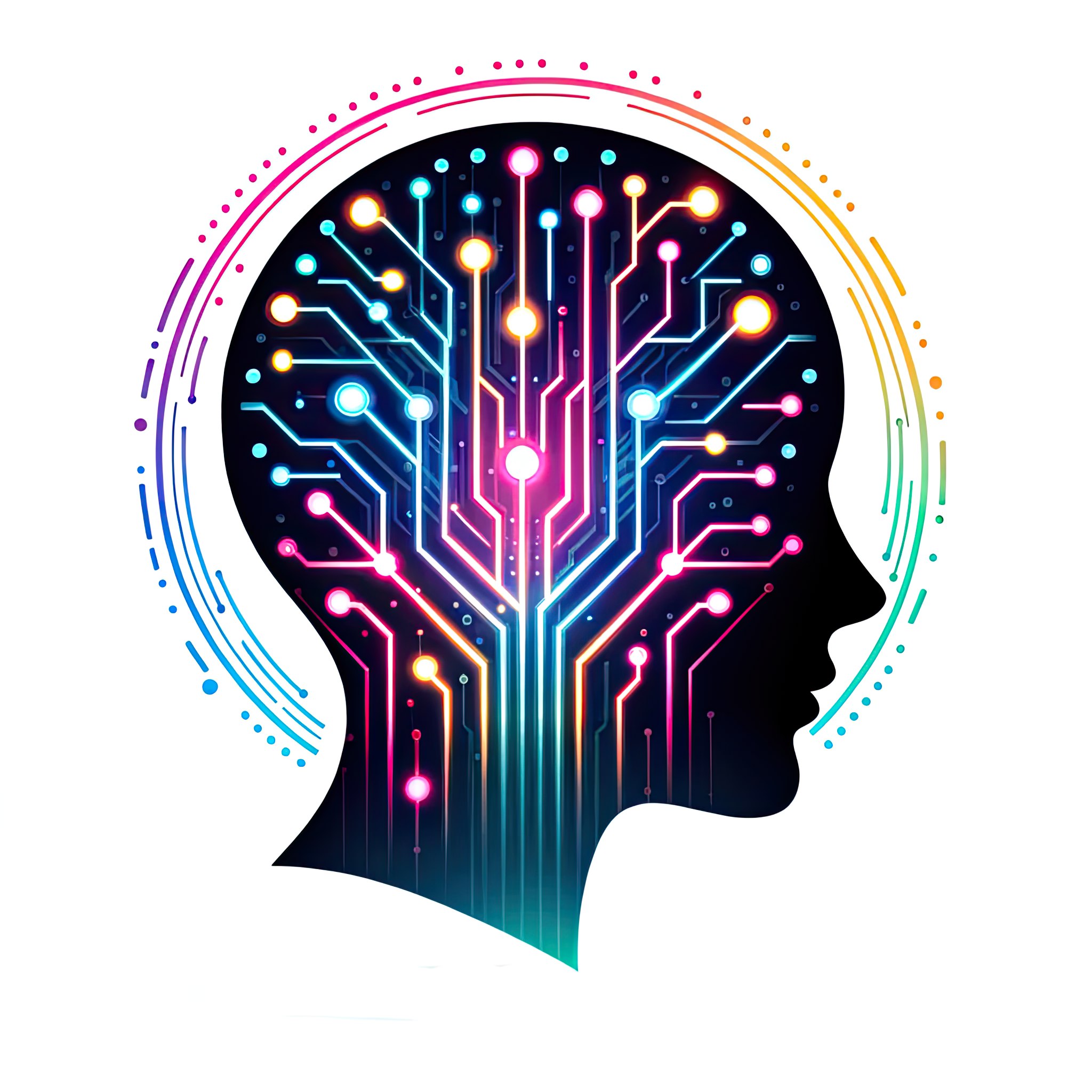Introduction
The European Union’s proposed Artificial Intelligence Act (AI Act), the first comprehensive regulatory scheme for AI, is currently under review and is not expected to be enacted until late 2023 or during 2024. The AI Act has been hailed as a pioneering legislative initiative, aiming to ensure that AI systems used within the Union are safe and respect fundamental rights and EU values. However, the legislation has also sparked significant controversy and criticism, with concerns that it may stifle innovation and progress in AI, putting the EU at a disadvantage as the rest of the world advances unimpeded.
I. Ambiguous Definition of AI
A core criticism of the AI Act lies in its definition of AI. Initially, the Act broadly defined AI as software capable of generating outputs such as content, predictions, and decisions that influence the environments they interact with. This definition was perceived as too wide, potentially capturing simpler software systems. Despite attempts to narrow this definition, the current wording still leaves room for ambiguity and might still encompass ‘simpler’ software systems. Critics argue that this lack of clear delineation could result in legal uncertainty and potentially hinder the development of innovative technologies that do not pose significant risks.
II. Risk Classification System: A ‘Pyramid of Criticality’
The AI Act proposes a risk classification system, categorizing AI applications into four levels of risk: unacceptable risk, high risk, limited risk, and minimal risk. This ‘pyramid of criticality’ determines the rules that apply to each AI system. While this risk-based approach appears logical, it has sparked concerns about its application in practice.
Critics point out that the categorization of an AI system into the high-risk category could result in an undue burden on stakeholders, even when the AI system is unlikely to cause serious fundamental rights violations or other significant risks. These high-risk systems face a substantial number of extra requirements regarding safety, transparency, and human oversight, potentially making compliance challenging and stifling innovation and development.
III. The Impact on Different Sectors
Concerns about the AI Act are not confined to its general provisions but extend to its potential impact on specific sectors. For instance, the insurance sector, which employs AI technologies such as chatbots and fraud detection systems extensively, is predicted to face challenges due to the Act’s high-risk categorization of many AI systems used within the sector. Critics argue that this could hinder technological progress and innovation in the industry.
IV. Uncertainty around General Purpose AI Systems
Another area of concern is the Act’s regulation of general-purpose AI systems such as OpenAI’s ChatGPT. The current legislative framework does not provide clear guidelines on how these systems will be regulated, leading to uncertainty and potentially stifling innovation in this area.
Conclusion
While the EU’s AI Act is undoubtedly an ambitious and pioneering piece of legislation, it is not without its critics. Concerns about the Act’s broad definition of AI, its risk classification system, and its potential impact on specific sectors and general-purpose AI systems suggest that it might inadvertently hamper innovation and progress in the field of AI. As the Act continues to undergo review and amendments, it is essential to address these criticisms to ensure a balanced regulatory environment that protects consumers and respects fundamental rights, while also fostering innovation and progress in AI. If these issues remain unaddressed, the EU risks putting a brake on progress in AI, while the rest of the world continues to advance.
All images and all text in this blog were created by artificial intelligences

